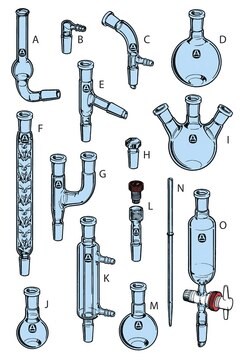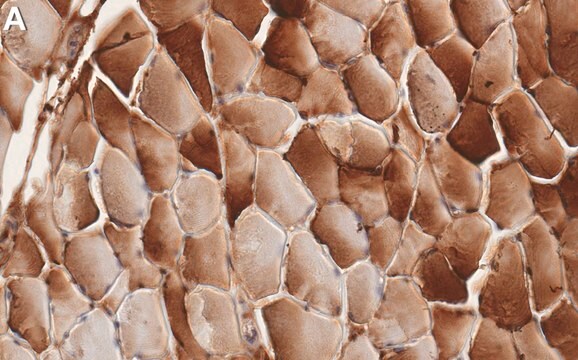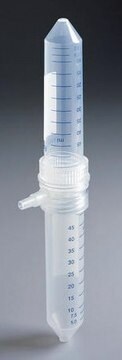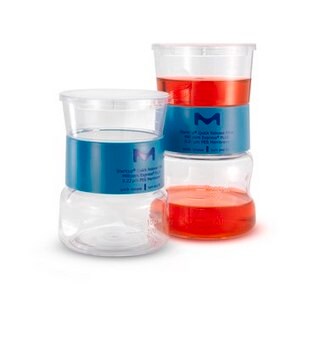ABC439
Przeciwciało anty-PKM1
serum, from rabbit
Synonim(y):
Pyruvate kinase PKM, Cytosolic thyroid hormone-binding protein, CTHBP, Opa-interacting protein 3, OIP-3, Pyruvate kinase 2/3, Pyruvate kinase muscle isozyme, Thyroid hormone-binding protein 1, THBP1, Tumor M2-PK, p58
About This Item
Polecane produkty
pochodzenie biologiczne
rabbit
Poziom jakości
forma przeciwciała
serum
rodzaj przeciwciała
primary antibodies
klon
polyclonal
reaktywność gatunkowa
human, mouse
metody
immunohistochemistry: suitable
western blot: suitable
numer dostępu NCBI
numer dostępu UniProt
Warunki transportu
wet ice
docelowa modyfikacja potranslacyjna
unmodified
informacje o genach
human ... PKM(5315)
Opis ogólny
Specyficzność
Immunogen
Zastosowanie
Analiza Western Blotting: Reprezentatywna partia wykryła PKM1 w lizacie komórek HEK293 (Christofk, R. H., et al. (2008). Nature. 452:230-233).
Analiza immunohistochemiczna: Reprezentatywna partia wykryła PKM1 w tkance HEK293 (Christofk, R. H., et al. (2008). Nature. 452:230-233).
Apoptosis & Cancer
Apoptosis - Additional
Jakość
Western Blotting Analysis: A 1:1,000 dilution of this antibody detected PKM1 in 10 µg of C2C12 cell lysate.
Opis wartości docelowych
Postać fizyczna
Przechowywanie i stabilność
Zalecenia dotyczące postępowania: Po otrzymaniu i przed zdjęciem nasadki odwirować fiolkę i delikatnie wymieszać roztwór. Rozdzielić do probówek do mikrowirówki i przechowywać w temperaturze -20°C. Unikać powtarzających się cykli zamrażania/rozmrażania, które mogą uszkodzić IgG i wpłynąć na działanie produktu.
Oświadczenie o zrzeczeniu się odpowiedzialności
Nie możesz znaleźć właściwego produktu?
Wypróbuj nasz Narzędzie selektora produktów.
polecane
Kod klasy składowania
12 - Non Combustible Liquids
Klasa zagrożenia wodnego (WGK)
WGK 1
Temperatura zapłonu (°F)
Not applicable
Temperatura zapłonu (°C)
Not applicable
Certyfikaty analizy (CoA)
Poszukaj Certyfikaty analizy (CoA), wpisując numer partii/serii produktów. Numery serii i partii można znaleźć na etykiecie produktu po słowach „seria” lub „partia”.
Masz już ten produkt?
Dokumenty związane z niedawno zakupionymi produktami zostały zamieszczone w Bibliotece dokumentów.
Nasz zespół naukowców ma doświadczenie we wszystkich obszarach badań, w tym w naukach przyrodniczych, materiałoznawstwie, syntezie chemicznej, chromatografii, analityce i wielu innych dziedzinach.
Skontaktuj się z zespołem ds. pomocy technicznej








